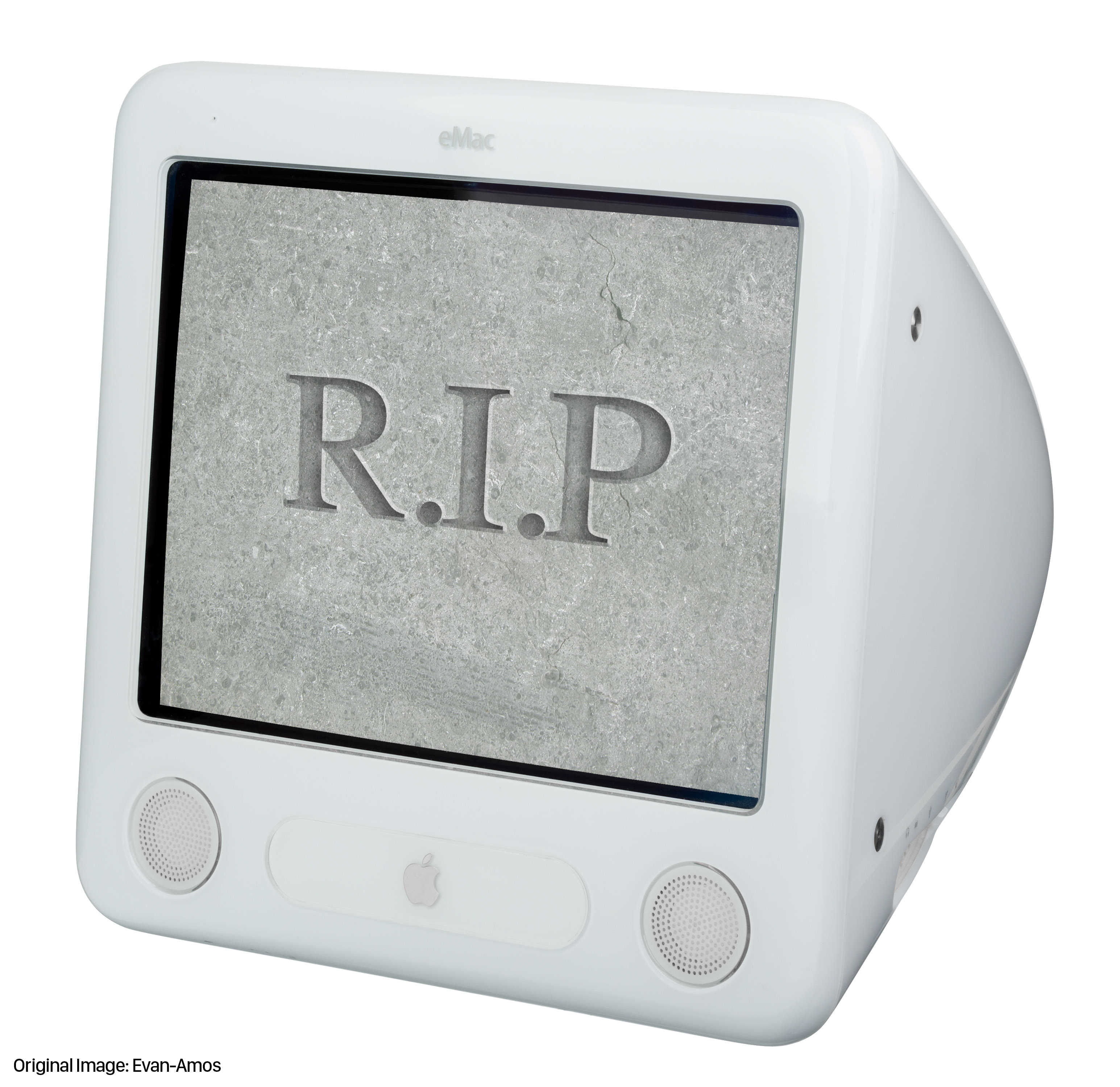 October 27, 1999: Dell Computer overtakes Apple in the educational market, stealing Cupertino’s crown as the top company selling computers to U.S. schools.
October 27, 1999: Dell Computer overtakes Apple in the educational market, stealing Cupertino’s crown as the top company selling computers to U.S. schools.
Steve Jobs, who is still in the process of rebuilding Apple after its near-collapse in the 1990s, faces heavy criticism for ignoring one of the company’s strongest markets.
Dell’s sales strategy pays off
News that Apple lost its computer sales lead in the education market came from a report issued by Dataquest. While widely spun as an Apple failure, the news actually showed Dell’s growing success.
With computers taking off, Dell’s strategy of selling cheap PCs led to a doubling of its sales. Shipments jumped from 77,000 in the second quarter of 1998 to 163,000 in the second quarter of 1999. Apple, meanwhile, increased sales from 101,000 to 125,000 computers. However, since total sales to U.S. colleges, schools and universities rose at an enormous rate, Apple’s market share dropped from 22.7% to just 16.5%.
Why education market matters for Apple
Today, Apple computers falling to second place in the education market barely seems worth commenting on. iOS devices now generate nearly 50% of the company’s revenue, dwarfing Mac sales. Cupertino’s world was different in 1999, though. While people rightfully praised Jobs for returning Apple to profitability and launching the iconic iMac G3, he took fire for ignoring one of the company’s traditional strongholds.
Much more than business, education always proved a strong market for Apple.
At one point, the company controlled more than 50% of sales to schools. In fact, after leaving Apple, Jobs initially started NeXT as an educational computing company. However, that ambition faded quickly after he raised the price point of the NeXT Computer well beyond what most schools could pay.
Steve Jobs hates education (or so it seemed)
When Jobs returned to Apple, he focused on the consumer and professional markets. That made people in education (faculty, not students) feel left out in the cold. For evidence, check out this 1998 interview between Jobs and a young, very inexperienced reporter for The Chronicle of Higher Education. In it, Jobs gets prickly about the declining number of Macs on college campuses.
As often proves the case with Jobs’ second act at Apple, things eventually turned around. In particular, Apple’s iBook and iMac DV product lines helped the company immensely in the education market. A few years later, Apple launched the eMac — specifically targeted at schools — and achieved wide penetration on campuses.
In 1999, Jobs was simply getting Apple’s house in order before moving on to conquer a new market.
Mac pricing hurt Apple in education
The other part of the equation was price. At the time, the lowest-priced Mac sold for around $1,400. Meanwhile, PCs cost less than $1,000. The two machines weren’t necessarily comparable, but for school administrators, the decision often came down to dollars and cents.
Still, it’s fascinating to consider that there was once a point – before the iPod, iPhone and the like – when losing education sales was taken as proof positive that Apple’s business strategy was failing.
Did you use Apple computers at your high school or university? Leave your comments below.


